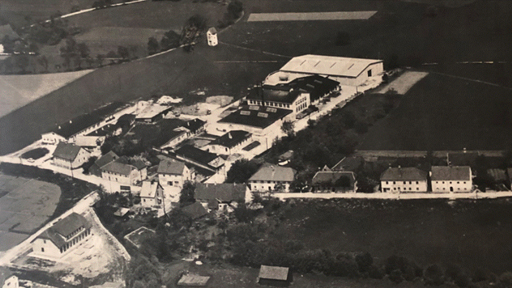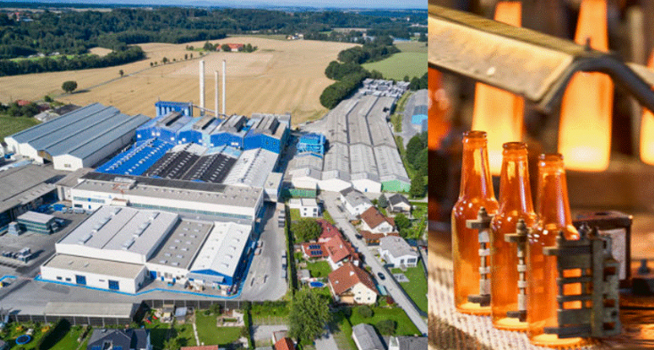The story of the Kremsmünster glassworks began in August 1949 – with just six women crafting Gablonz style glass beads in a workshop set up by the shareholders of the Lutzky company. What started as a small-scale operation soon responded to changing market needs. As demand for hollow glass grew, the decision was made to build a fully-fledged glass factory.

Kremsmünster, Austria, proved to be an ideal location – well situated in terms of geography, economy and transport infrastructure. The first furnace was heated up in 1955, and with a workforce of just 37 people, the factory began producing three colours of glass in response to market trends – green glass dominated the 1950s, while the 1960s saw the rise of amber and flint glass.
A defining moment came with an investment of around 400 million Austrian schillings in a new, ultra-modern facility. This bold move set the course for the company’s future. Between 1973 and 1981, Kremsmünster established itself as one of Europe’s leading glass manufacturers. Its forward-thinking approach earned recognition in 1983, when it became one of the first Austrian companies to be awarded the Environmental Protection Prize of the Province of Upper Austria.
On July 1, 1993, a new chapter began: Lutzky Glas was taken over by Vetropack and became part of the Vetropack Group. Since then, the Kremsmünster plant has been an important part of the Group.
Today, the company produces up to 670 tonnes of high-quality packaging glass per day, continuing a legacy that started with beads but has grown into something much bigger.






